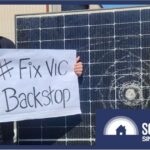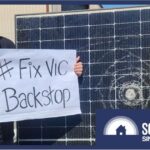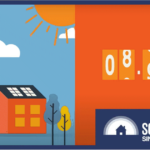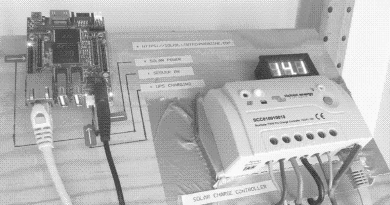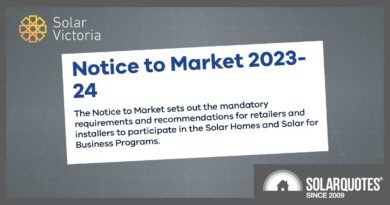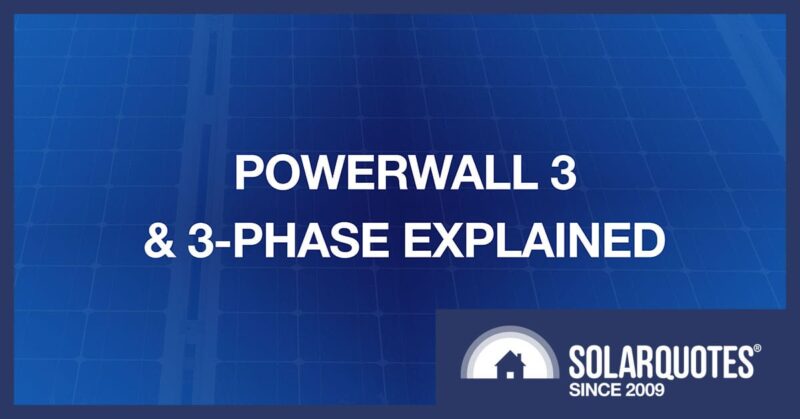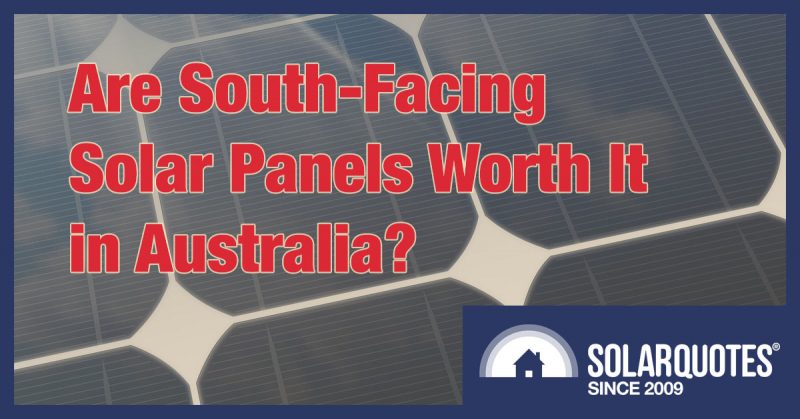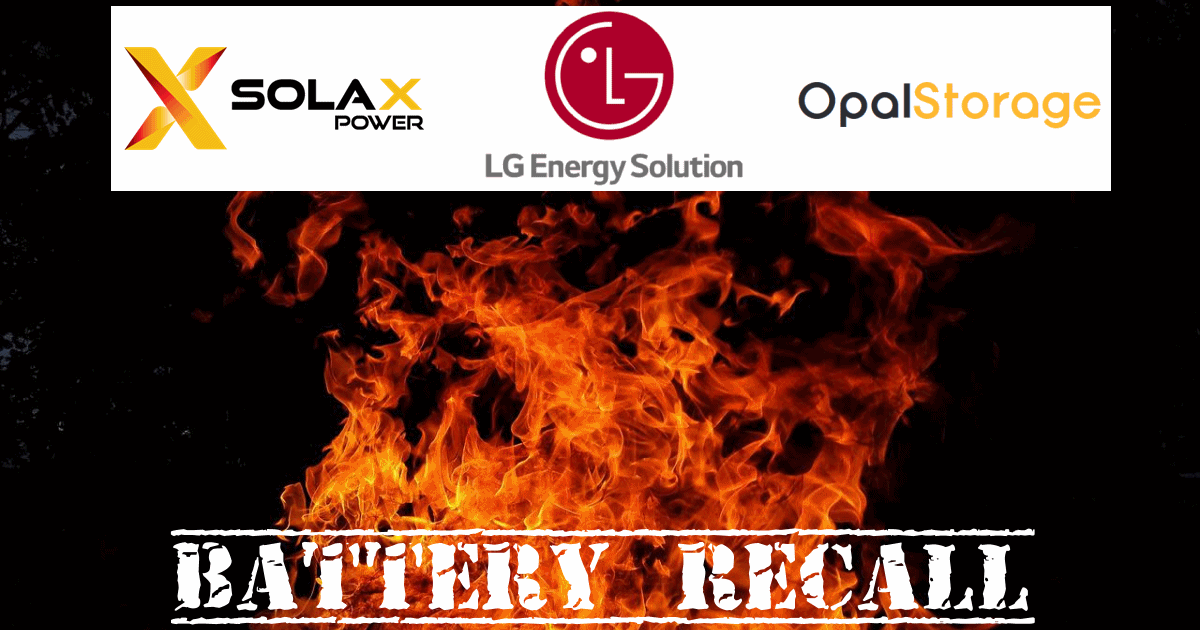The Cost Of Victoria’s Emergency Backstop For Solar

In just over a week, Victoria’s Emergency Backstop Mechanism (VEBM) requirement for rooftop solar systems comes into effect. Here’s what’s happening, why and how much it might cost all electricity customers.
Why An Emergency Backstop For Solar?
Uptake of home solar power in Victoria is still progressing at a rapid clip. More than 770,000 small-scale PV systems have been installed across the state to date, with over 36,000 installations this year so far. The surplus electricity exported by these systems helps push down the price of wholesale electricity during the day, which benefits all Victorians whether they have solar panels or not.
For example, at 10.35AM yesterday in Victoria, the wholesale spot price was -$44.00 per megawatt-hour. At that point, rooftop solar alone was contributing 31.8% to the state’s demand (Source: OpenElectricity – formerly OpenNEM). While demand was comparatively low given it was a Sunday morning, rooftop PV was meeting up to 50.9% of demand (Wednesday afternoon at 1pm) over the last week.
Managing all this solar energy goodness presents some challenges to grid operators. Among them, the potential for minimum system load (demand) events coinciding with high solar exports threatening network stability.
The Victorian Emergency Backstop Mechanism is intended as a last-resort method for avoiding potential blackouts and electricity infrastructure damage.
How Does The VEBM Work?
The VEBM allows the state’s Distributed Network Service Providers (DNSPs), after direction from the Australian Energy Market Operator (AEMO), to temporarily curtail or switch off solar power systems remotely.
The sequence of actions in such an event:
- Reducing or disabling exports – a solar household will still have access to their self-generated electricity and to mains grid supply.
- If network stability issues continue, systems may be turned off – mains grid supply will continue.
- An “all-clear” signal after the event passes and normal system operation/exports can resume.
To trigger such actions, a signal is sent to the solar inverters of systems. To receive and act on these signals, an inverter must support Common Smart Inverter Profile Australia (CSIP-AUS) and be internet-connected.
When And Who?
Originally, rooftop solar systems below 200kW capacity installed or upgraded1 after July 1 this year needed to be emergency backstop compatible and enabled, but the deadline was extended to October 1, 2024 – next Tuesday.
The requirement does not affect systems installed before the deadline, but if you’ve had an installation since March this year under Victoria’s solar panel rebate scheme, it will very likely be CSIP-AUS compliant. This is due to a requirement introduced for the Solar Homes program to make systems ready for flexible/dynamic exports2.
Even where an internet connection isn’t available, a CSIP-AUS compliant inverter is still required. These systems will be subjected to a lower fixed export limit.
How Much Will It Cost Electricity Customers?
The National Electricity Rules allow for distribution and transmission network service providers to apply to the Australian Energy Regulator (AER) to adjust allowed revenues if eligible changes in costs are incurred during a regulatory control period.
Jemena, Powercor and United Energy submitted applications to recover costs related to the VEBM, and the AER delivered its decision on Friday. The AER determined the networks incurred materially higher costs as a result of the emergency backstop requirement.
After making minor modelling adjustments reflected in its approved pass-through amounts for all three networks, the AER says the average annual electricity bill impact for residential customers in the 2025–26 regulatory year is expected to be (nominal amounts):
- Jemena: $10
- Powercor: $7
- United Energy: $6
Initiatives such as VEBM and flexible exports not only help protect Victoria’s electricity network but also allow for increased rooftop solar capacity to be installed. This enables even more households to directly and indirectly benefit from PV and further reduces the need for burning emissions-intensive brown coal for power generation.
More information on Victoria’s emergency backstop mechanism for solar can be found here.
Footnotes
- Where the upgrade involves a new inverter, or an inverter replacement not performed under warranty with like-for-like.
- Powercor has signalled the introduction of flexible exports soon-ish
Original Source: https://www.solarquotes.com.au/blog/vebm-solar-cost-mb3013/




